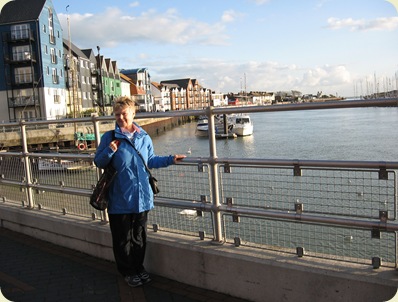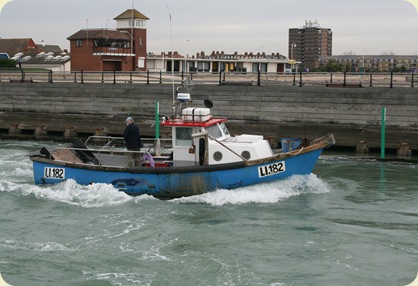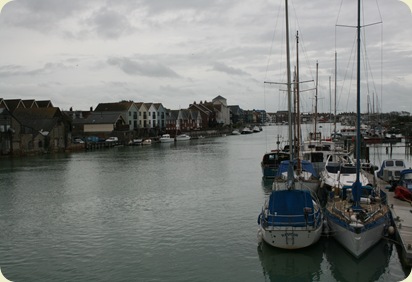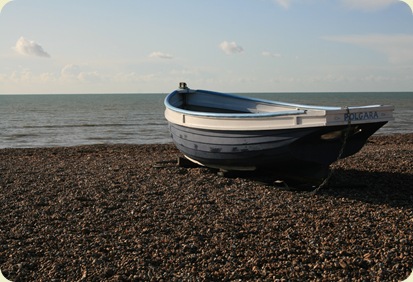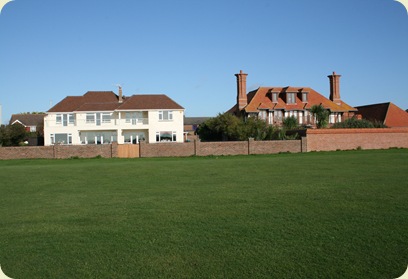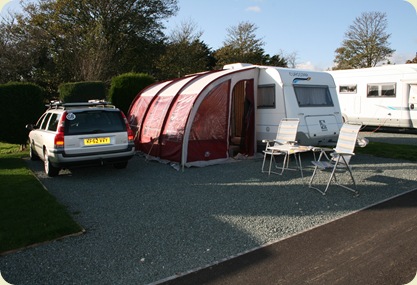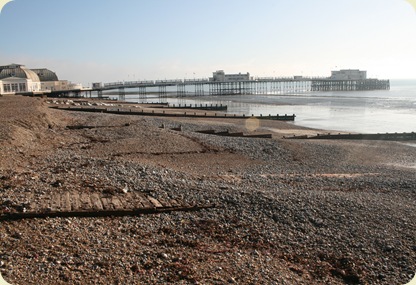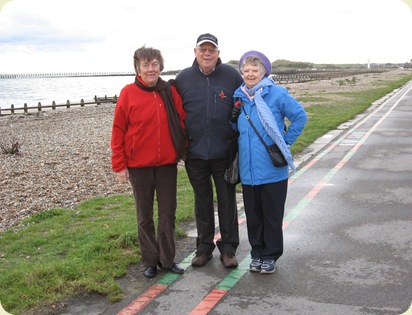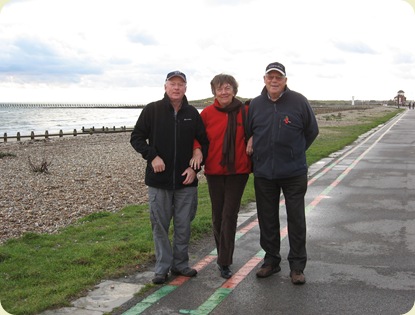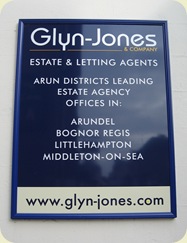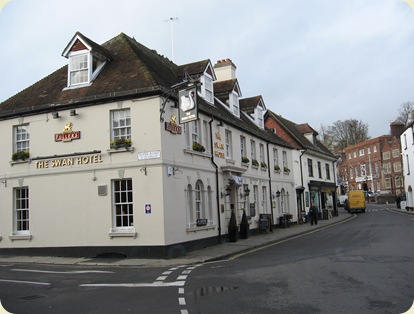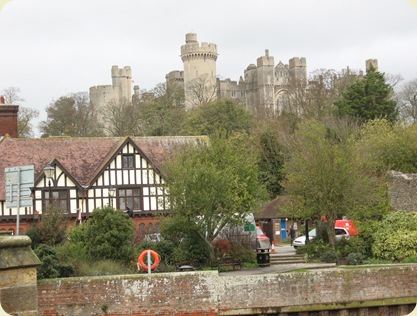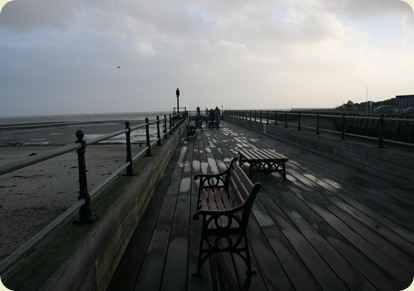This time we are visiting Moreton-in-Marsh for 10 nights staying on the Caravan Club site on the edge of the town. I had heard that the caravan site was one of the best on the network and it didn’t disappoint.
Moreton-in-Marsh is a bustling market town, with a population of around 3,500 people, and lies on the ancient Fosse Way. Moreton is very much a "roadside" town, but it has great importance in the area due to having a railway station - quite a rarity in this area.
We passed this house every time we went into Moreton.

In the High Street.
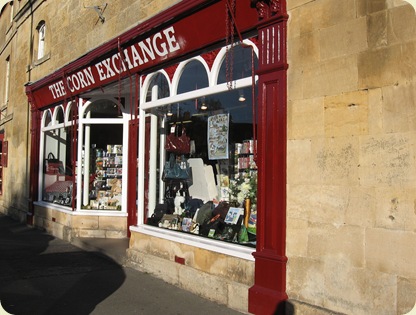
The Old Corn Exchange in the Market Square.
 Market day – Tuesday - the following Tuesday it was bucketing with rain!
Market day – Tuesday - the following Tuesday it was bucketing with rain!
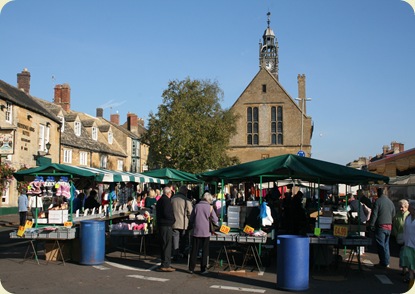
Toll board – no longer in use – obviously!
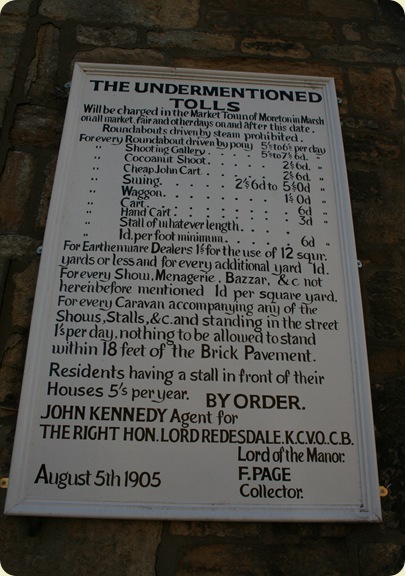
Moreton church.
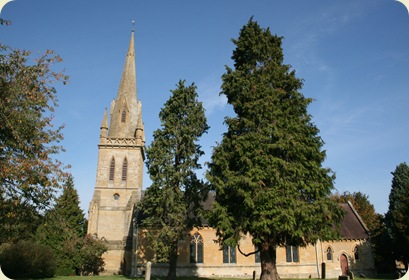
One afternoon we visited the NT property – Upton House.
Upton House is a late seventeenth century house, built of the local stone, which was remodelled by Walter Samuel, 2nd Viscount Bearsted, after his purchase of the property in 1927. The son of the founder of Shell, he was one of the great art collectors of the period. He left his collections, the house and the gardens to the National Trust in 1948
Within the house, the rooms retain the feel of the 1920s and 1930s. The colour schemes of the period provide a fine backdrop for the internationally important collections of paintings, which include works by Stubbs, Bruegel, Hogarth, Canaletto, El Greco and Bosch. Lord Bearsted's tastes are also reflected in his porcelain collection of eighteenth century Chelsea figures and Sevres tableware.
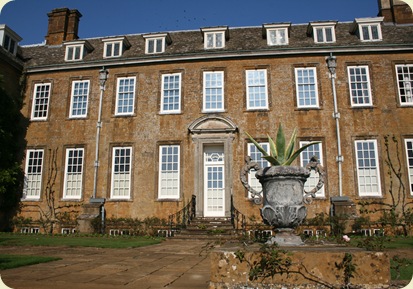
In the gardens.
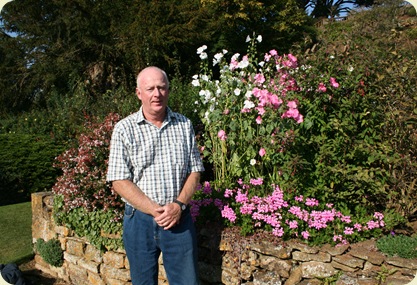
We sat here for a while listening to the pianist playing in the house.

Another afternoon Sue and I were doing a circular series of geocaches and the walk took us passed Sezincote House.
Sezincote is a unique house built in the style of a Rajasthan palace.
Charles Cockerell served with the East India Company in Bombay. In 1798 he inherited the Sezincote estate from his brother John. Charles, later Sir Charles, employed his own brother, Samuel Pepys Cockerell, as architect to construct a new house and garden at Sezincote, using as a blueprint the elaborate oriental palaces of Rajasthan.
Sezincote was used by architect John Nash as a model for the extravagant Brighton Pavilion.
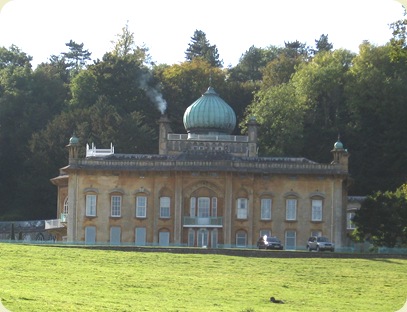
Stow-on-the-Wold – this is one of the few places where a decent photo can be taken without showing the parking problem.

A geocache called ‘Deers Leap’. This is where the deer can get into Batsford Arboretum grounds, but can’t get out. I have no idea what they do with the extras – Sunday Lunch perhaps?
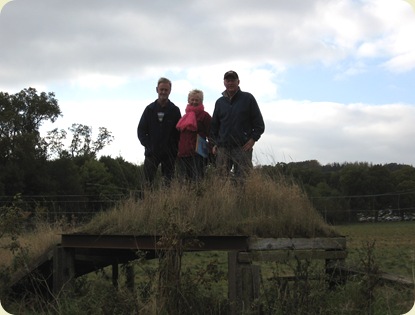
Broadway is one of the most beautiful villages in England situated at the Gateway to the Cotswolds, England's largest designated Area of Outstanding Natural Beauty. Its wide High Street lined with horse chestnut trees contains a mixture of period houses and picturesque honey coloured Cotswold stone cottages which have lured visitors for centuries.

The High Street.
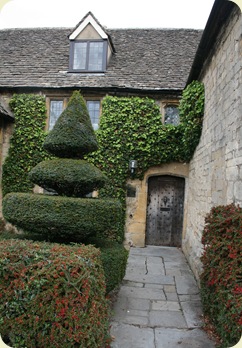
House front.
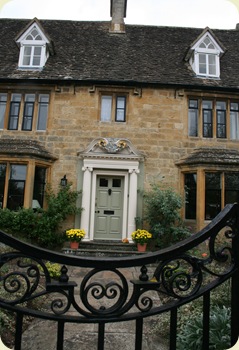
Olde Worlde Shoppe.

Around the next corner we saw the Gordon Russell Museum. I then remembered I had visited Broadway and had seen some of Russell's furniture many years ago. Being an ex-woodwork teacher I had an interest in this type of furniture.
Sir (Sydney) Gordon Russell (1892 – 1980) was an English designer, craftsman and educationist.
He came under the influence of the Arts and Crafts movement from 1904 after his father had moved to Broadway in the Cotswolds to be hotelier at the Lygon Arms, through the Guild of Handicraft, the community of metalworkers, enamellers, wood carvers, furniture makers, and printers brought in 1902 by C. R. Ashbee from east London to Chipping Campden.
Following service in World War I, for which he was awarded the Military Cross, he became a furniture maker and designer.
During World War II he developed utility furniture as chairman of the government's Utility Furniture Design Panel.
This dresser was made for Lloyd George from 2 holly trees that came from his garden. The drawer that you see open is for his top hat.
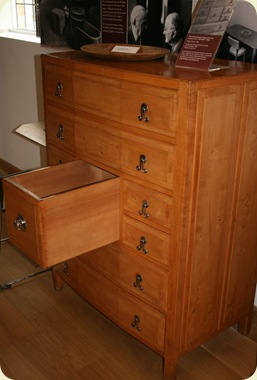 An award winning sideboard.
An award winning sideboard.
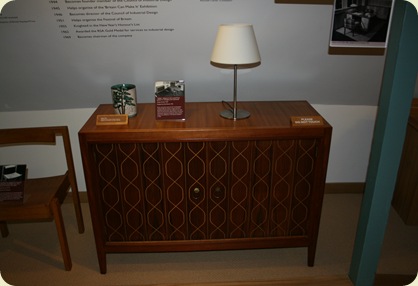
I had not realised that Russell had an all round talent for calligraphy and illustration. The photo below shows his diary for his first day on the ‘Veronese’.
Double click the photo to enlarge it.
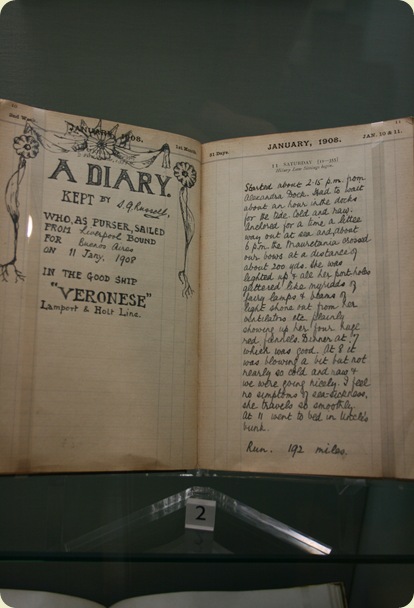
This is the WOW factor – just look at his calligraphy!
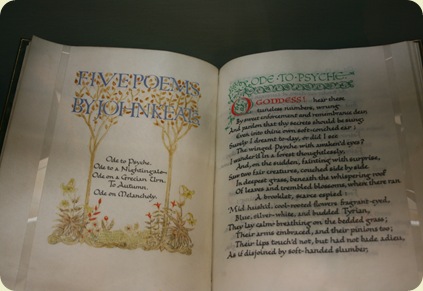
The Lygon Arms where his father was the hotelier.
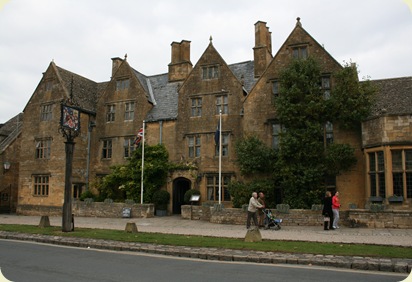
Olde Worlde Sweetie Shoppe
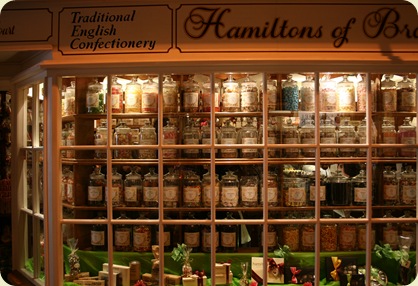
Snowshill Manor House, National Trust
The manor house is a typical Cotswold house, made from local stone; the main part of the house dates from the 16th century. The house was bought by Charles Paget Wade in 1919.
Today, the main attraction of the house is the display of Wade's collection. From 1900 until 1951, when he gave the Manor to the National Trust, Wade amassed an enormous collection of objects reflecting his interest in craftsmanship. The objects in the collection include 26 suits of Japanese samurai armour dating from the 17th and 19th centuries; bicycles; toys; musical instruments and more.

The letter box decorated by Paget himself. A very talented man.

The garden. 
On the garden wall is a zodiac clock, or nychthemeron, coloured blue and gold.
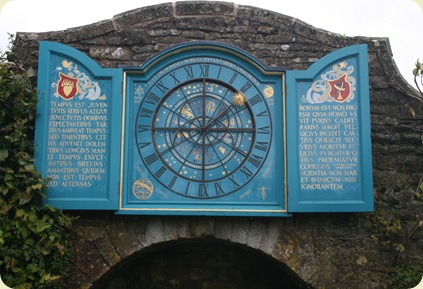
As a finale I will share this email I had from Peter Morgan with you about the Wagon Wheels, mentioned in a previous blog.
‘They were made at Llantarnam about three miles from where I grew up. We had a tuck shop at school and a former Labour Government Minister for Northern Ireland who I was in school with, ran the tuck shop. Goodness knows how a profit was made because we boys used to spend break times seeing how many we could get through before the bell rang, that and the 1/3 pint milk bottles.....remember them?'
Is this the end of the Wagon Wheels saga?










